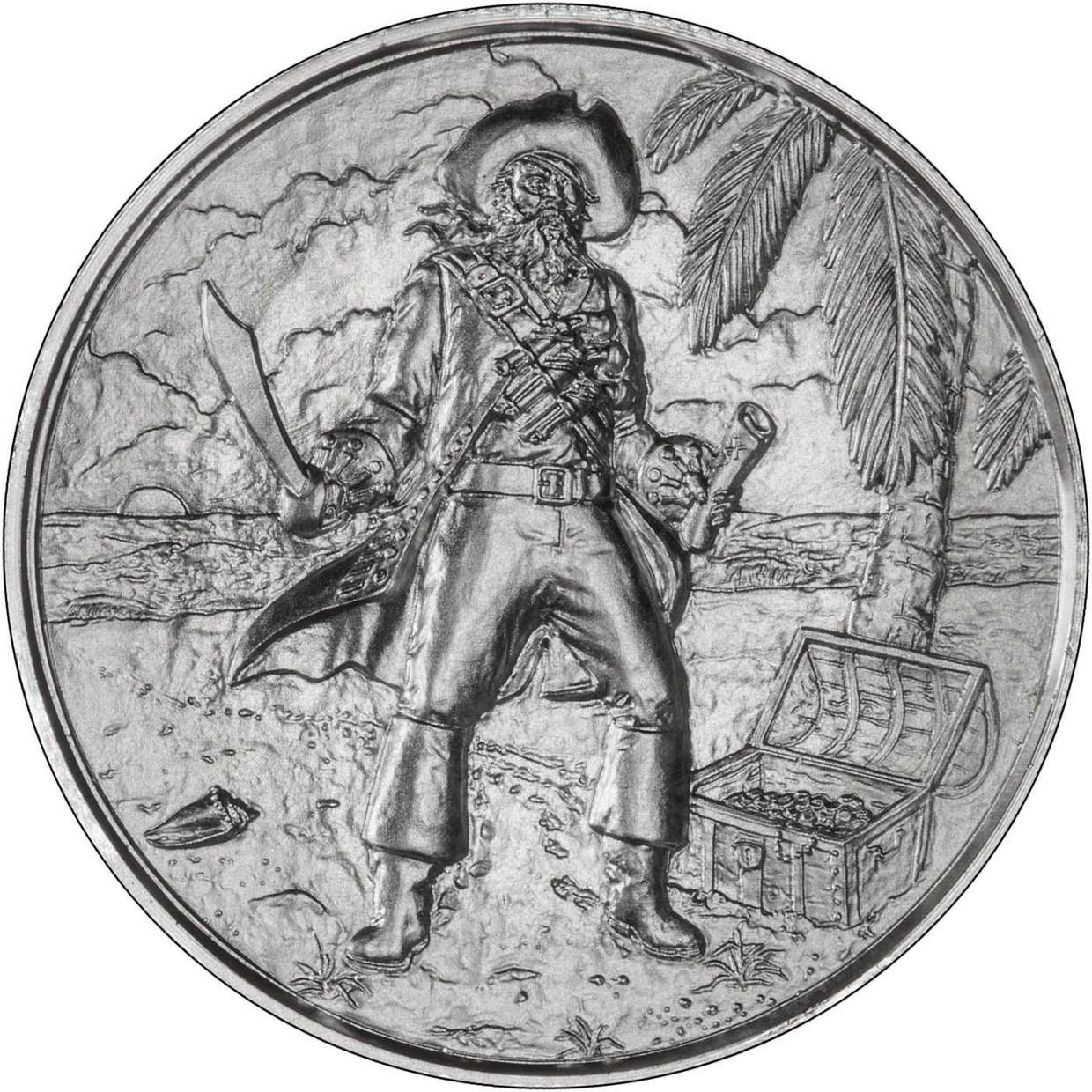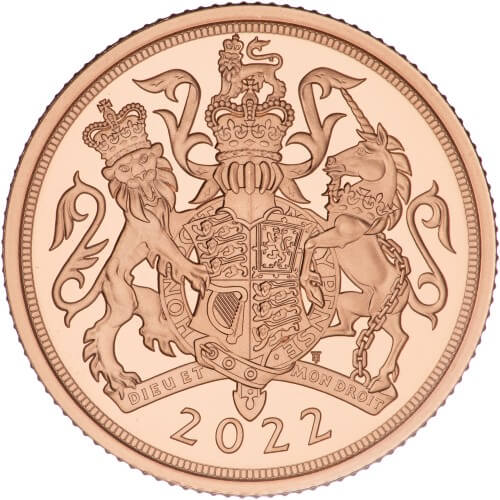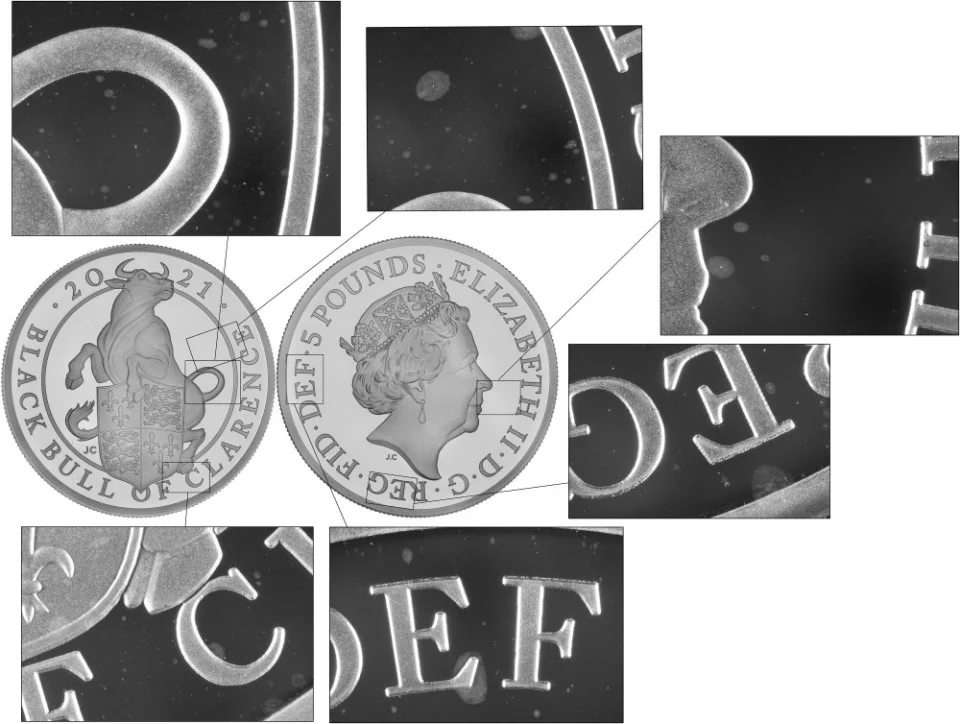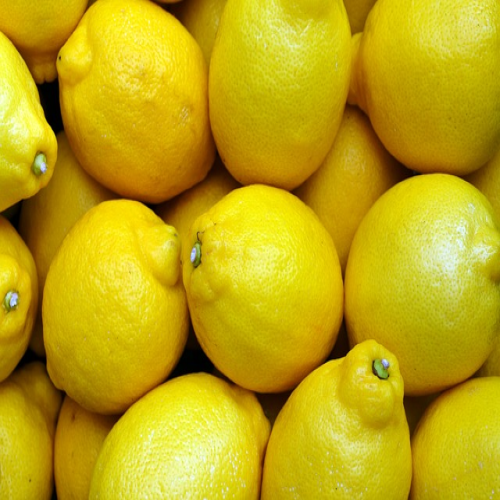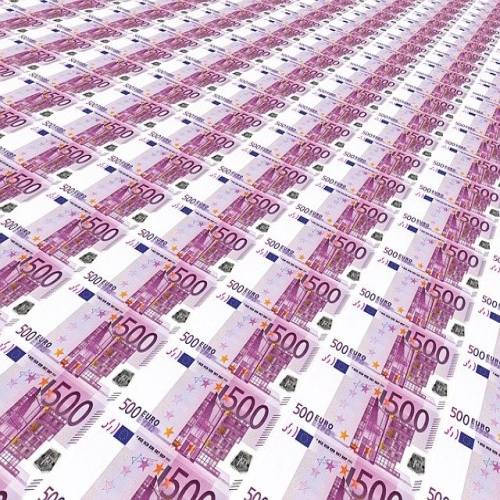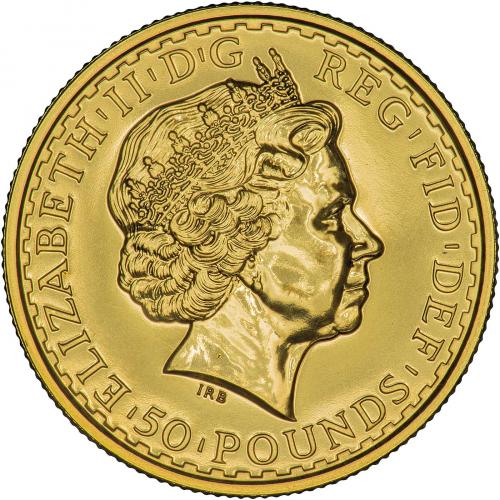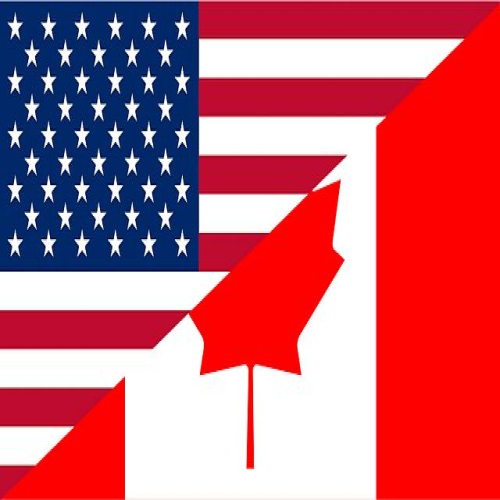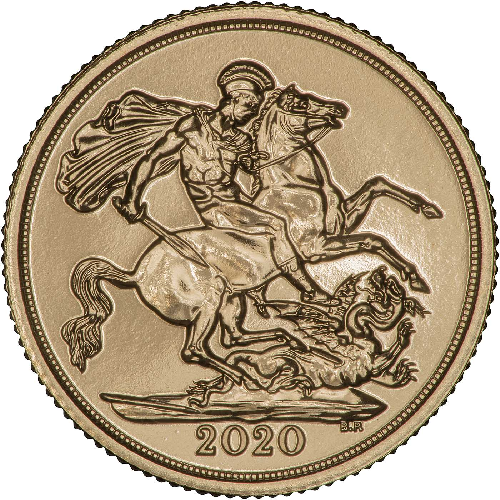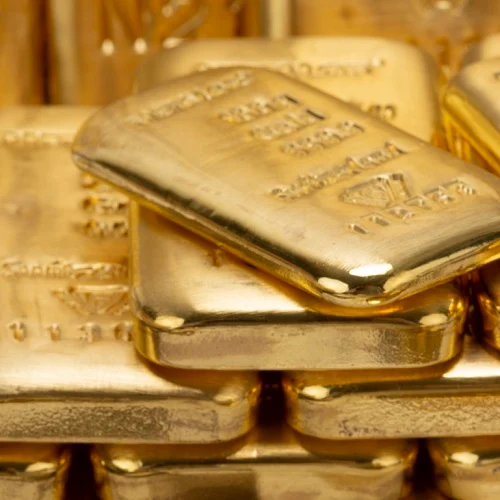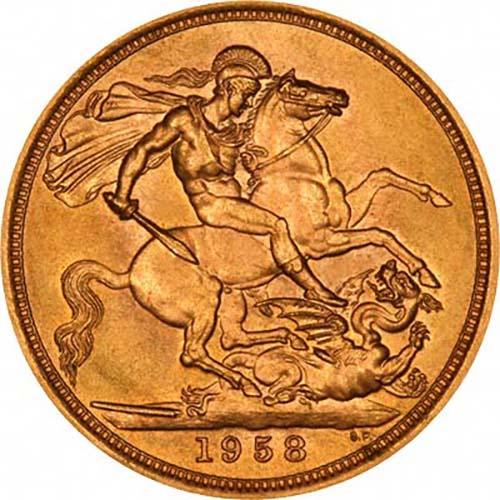999 Gold
Synopsis
999 gold is one of the purest forms of gold available on the market. It is referred to as 999 gold as this is the purity expressed in parts per thousand. Let's have a look at the history of the purity, the coins available, and why 999 gold is held in high regard.
What is 999 Gold?
999 gold, also referred to as 24-carat gold, is one of the purest forms of gold available on the commercial market. It is referred to as 999 gold as this is the purity expressed in parts per thousand, so in this case 999 parts out of 1,000 are gold. As we have explored in our previous article, it is difficult to create gold that is more pure whilst retaining economic and commercial viability, hence why 999 or 24-carat gold is the purest form widely available. It is important to note that obtaining 100% pure gold is considered to be unattainable at present, as the oxidation process will inevitably introduce some level of impurities onto the surface of the metal.
Why is 999 Gold Popular?
999 gold is seen as the standard purity today for new investment gold. For that reason, it is extremely attractive to those looking to invest their wealth into reliable gold assets. There are other less tangible factors that can impact the value of gold, including design, scarcity or individuality. If a gold item, for example, holds historic significance, then it may be worth more to collectors and museums than the worth of its gold content. However, for those looking to simply invest in the metal itself, 999 purity gold from a reputable mint is a good place to start.
Carat Equivalent
To calculate the carat (or karat) equivalent of 999 gold, simply multiply 24 by .999 = 23.976 carats.
Uses of 999 Gold
Pure gold is sometimes thought of - incorrectly - as being a very strong metal. In fact, pure gold is soft and malleable. This means that it is quite impractical for use as something like jewellery or circulatory coinage, where everyday use would result in the gold being damaged. For this reason, the gold is mixed with another base metal in order to increase its strength and durability and render it less vulnerable to damage. 999 gold is generally reserved for investment coins or bullion bars which would be handled on a far less regular basis than jewellery, for instance.
Which are Which?
Pre-2013 British Britannias, American Eagles, and South African Krugerrands are all made of "22 carat" gold.
Post-2013 British Britannias, Austrian Philharmonikers, Australian Nuggets, Canadian Maples, and Chinese Pandas are all made of "24 carat" gold.
Different Standards of 24 Carat Gold Coins
Pure .9999 Gold Coins
Whilst .999 gold is the most common, higher purities do exist. The original "pure gold" bullion coins were Canadian maples. From their first date of issue in 1979 to 1982 inclusive, gold maple leaves were made of .999 fine gold. Only from 1983 onwards, were they changed to .9999 (99.99) pure. Whilst the difference is very slight, when striving to attain maximum purity, it is an important variation.
Manx nobles were also made in two different standards, 22-carat gold from 1984 to 1988 inclusive. Then they switched to .9999 gold from 1994 onwards. Manx gold crowns have been made in a wide variety of sizes and gold alloys - too many to try to analyse in this article. However, most of the one-ounce and fractional bullion versions were produced in .9999 gold.
Other 9999 Gold Coins
Other coins do exist with increased purity. These include:-
99999 Gold
If you want to get as close to absolute purity as possible, there are also some 99999 gold coins. These include a special range of collectable "five nine" gold coins from Canada.
Older Coins
British sovereigns are made of 22 carat gold. Although they predate the concept of a one ounce coin, they are an excellent, but often overlooked alternative. Many other, older gold coins were made of .900 gold including French and Swiss coins. This does not reduce their value to the investor.
These older coins were originally intended for circulation, hence the lower gold purity, and they were made in sizes and weights which suited their original purposes many years ago. Sovereigns were first issued in 1489, and have retained their current format since 1817. There are advantages and disadvantages in buying these "real" coins instead of modern bullion coins.
Minimum Fineness
There is a minimum fineness for gold to be accepted as investment gold. Please follow this link to our what is investment gold page for more information.
Related Blog Articles
This guide and its content is copyright of Chard (1964) Ltd - © Chard (1964) Ltd 2024. All rights reserved. Any redistribution or reproduction of part or all of the contents in any form is prohibited.
We are not financial advisers and we would always recommend that you consult with one prior to making any investment decision.
You can read more about copyright or our advice disclaimer on these links.





